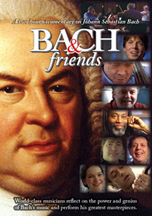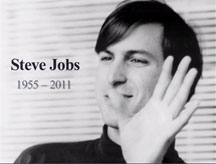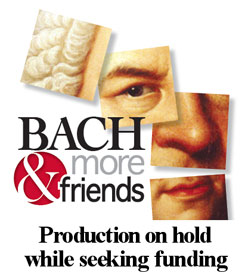Bach Project - John Q. Walker
Dr. John Q. Walker
with Dr. Anatoly Larkin
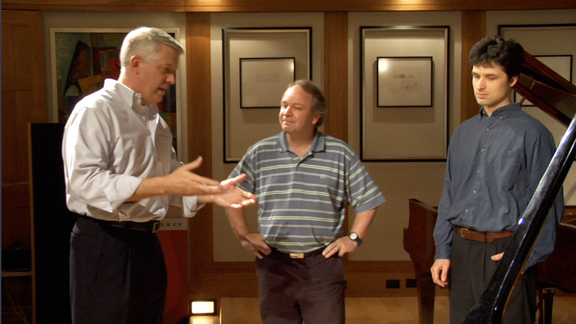
John & Anatoly explain the Zenph re-performance process to Sid Meier
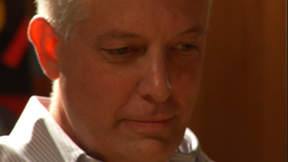

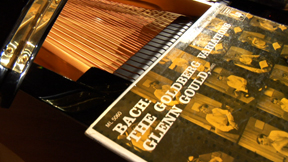
Glenn would have loved nothing better than to give live concerts
without having to be there. And we make that possible. (Dr. John Q. Walker)
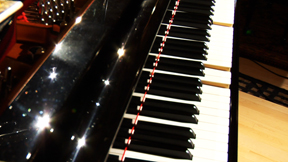

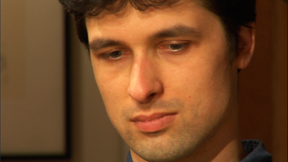
Overall I am very happy with the project
and the fact that in the end people who really knew Gould
would come up to us and say thank you so much for making this possible,
for me to be able to hear Glenn’s performance live again. (Anatoly Larkin)
We’re in the business of discovering how every note was played. (Dr. John Q. Walker)
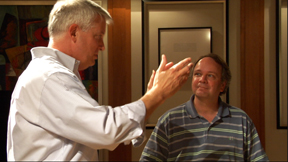

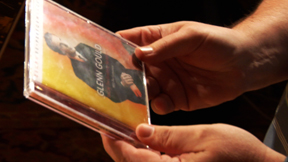
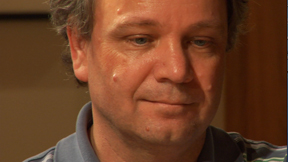

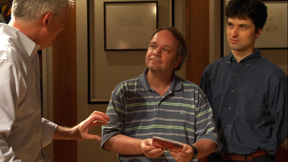
What we’ve done is we’ve taken sound waves
and we’ve converted them back into a description
of how the musician played the day it was recorded.
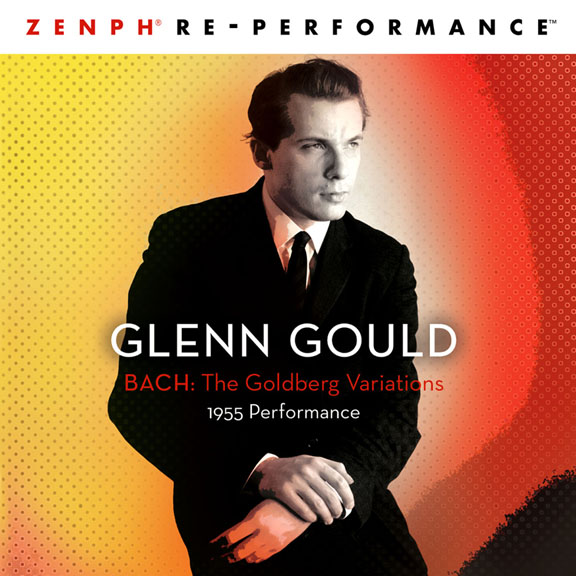
We’re looking at micro-timings and micro-pressures
and every pedal had to be carefully preserved,
and a fair amount of programming
and all the hardware technology.
The very precise way that human plays.
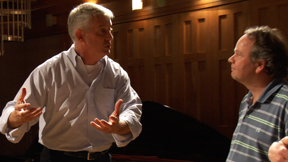

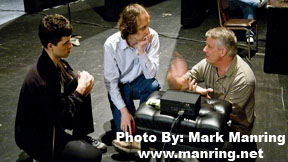
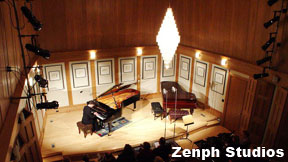

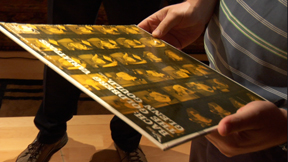
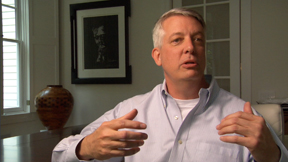

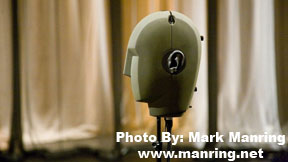
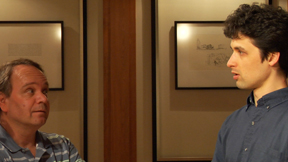

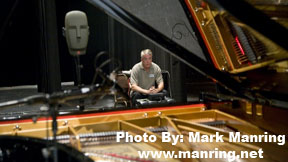
Yes, we all know of Bach’s interest in numbers
and the fact that he didn’t just think of himself as a musician
but almost a scientist and there are important number relationships
in quite a few of his works. (Anatoly Larkin)
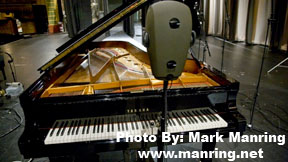

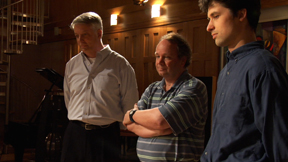
It an interesting way in which it connects
again with what we do here at Zenph,
and that is we ultimately need to use numbers
to recreate performances by such as
Glenn Gould playing the Goldberg Variations,
and the fact that every note
can be codified as a number. (Anatoly Larkin)
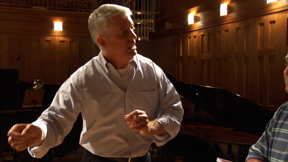

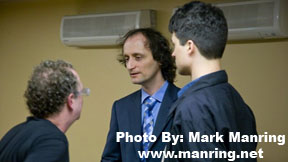
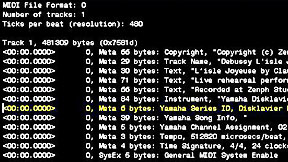

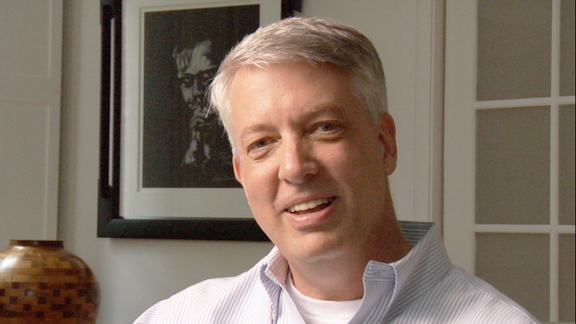
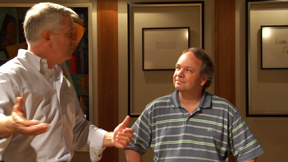

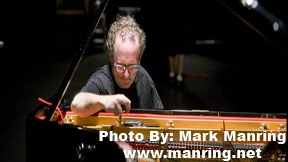
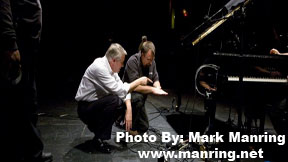

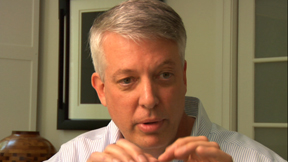
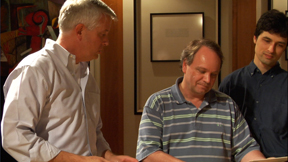

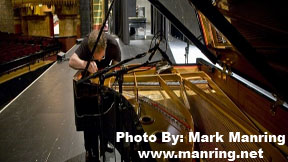
Gould recorded the entire Goldberg Variations
without the Aria. He got all the way to the end
and then did twenty-three takes of that first Aria.
And even after twenty-three takes,
he couldn’t get it from beginning to end
and had to do a splice. (Dr. John Q. Walker)


